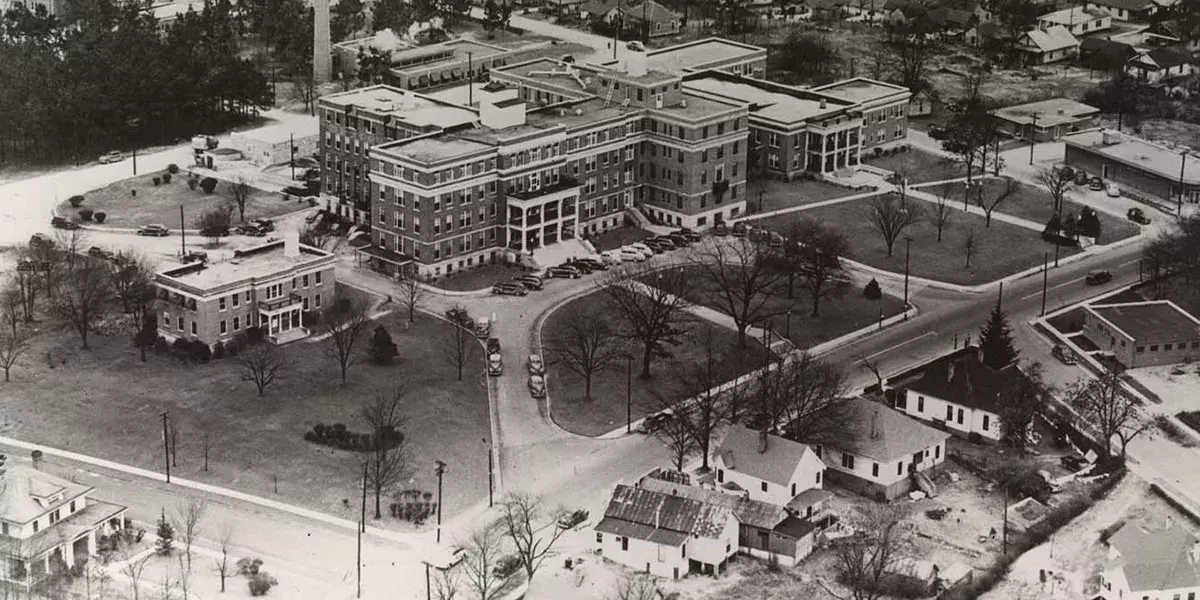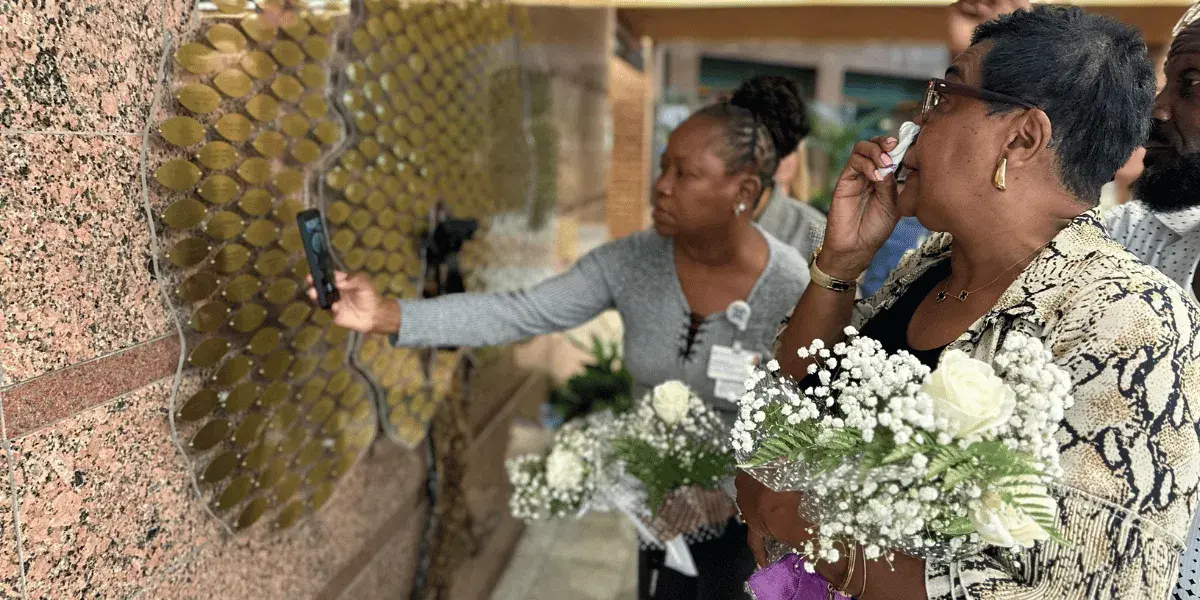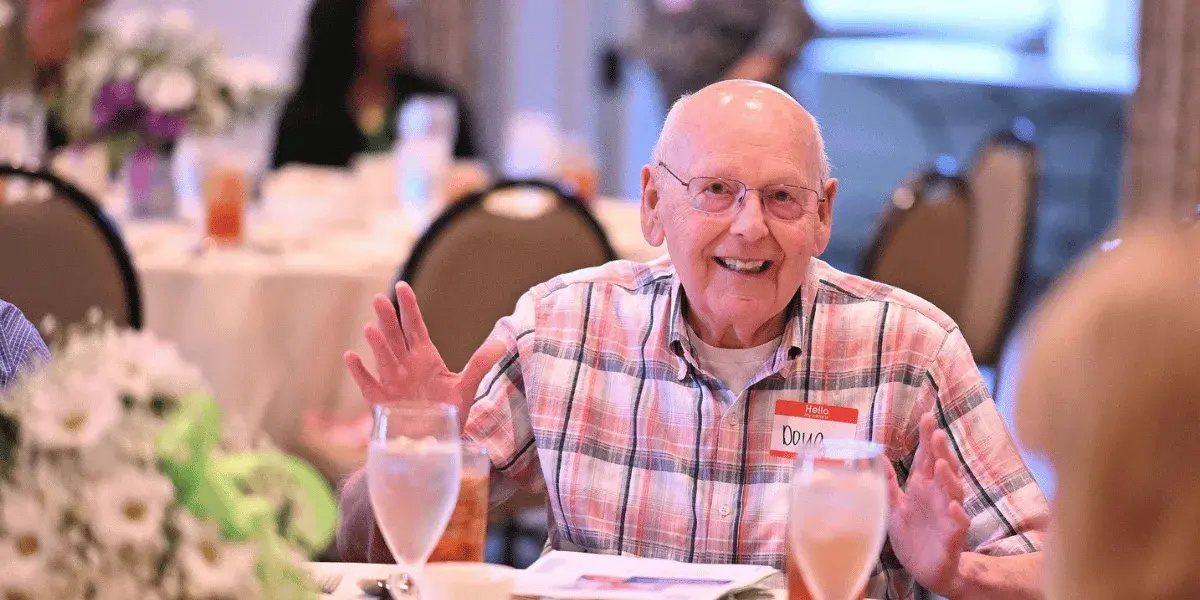
1942: Spartanburg General joins the war effort
Editor’s note: This weekly series celebrating the 100th anniversary of Spartanburg Regional Healthcare System is excerpted from “Commitment To Our Community: 100 Years of Spartanburg Regional Healthcare System.”
Medical advancements continued in the 1940s and 1950s. Women graduated as physicians from Harvard Medical School for the first time during this period, and the Centers for Disease Control and Prevention and the National Institute of Mental Health were founded.
During World War II, penicillin and other medicines began to be used to fight infections. The first kidney dialysis was performed in 1947.
Many more companies began offering employees health insurance during World War II. There was a shortage of qualified workers, and to compete, businesses began using insurance as an incentive to attract and retain employees. In some ways, this practice intensified the debate over health insurance and who should pay. By the early 1950s, Presidents Franklin D. Roosevelt and Harry S. Truman both proposed plans that included health care for all Americans; neither gained traction.
World War II also made an impact on Spartanburg. Upstate farms and lumberyards supported the war effort. Spartanburg textile mills, largely staffed during World War II by women and men not eligible for military service, operated around the clock and made fabric for uniforms, parachutes and tents.
Spartanburg was also chosen as the site of a military training camp. Before the end of the war, more than 200,000 troops were trained at Camp Croft.
During this time, the Spartanburg General School of Nursing began an affiliation with the Cadet Nurse Corps. Through this program, the federal government paid tuition, and student nurses did most of their training at Spartanburg General before transferring to the Army, Navy or a hospital for veterans to complete their education and begin service. Local doctors also volunteered to serve.
Camp Croft and Spartanburg General maintained a close relationship, and families of servicemen soon moved to the area, increasing the area’s population and the demand for hospital services.












